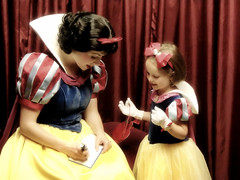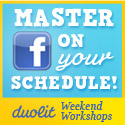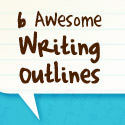For a tool even more powerful than target markets, check out Be Narrow-Minded: 11 Questions to Turn a Target Market into a Reader Profile.
Welcome to the keynote blog, if you will, of this week’s “Target Market” theme.
Here at Duolit, we are not just about helping our clients by providing information and services, we want to give you the tools to take matters in your own hands (after all, it is called self-publishing for a reason). Even if you decide to defer to us for help with your marketing, design and publishing needs, it’s still important to us to provide you with the power of knowledge. We are not the Great Oz, operating behind a velvet curtain. We are here to help not because you can’t do something, but because your time is often better spent doing what you do best — writing.
So far this week, we’ve told you about the Five Commandments of Target Markets, instructed you on how to avoid Book Design Fail #4: Forgetting Your Target Market, and shared personal stories of how hard this target market business can be. Now it’s time to shove aside the opening acts and get down to the main stage for the real show.Continue Reading
 By:Express Monorail
By:Express Monorail


 We're
We're 








